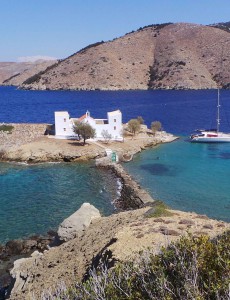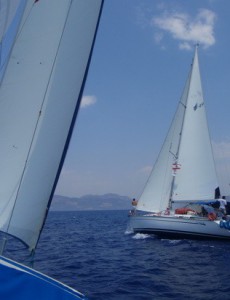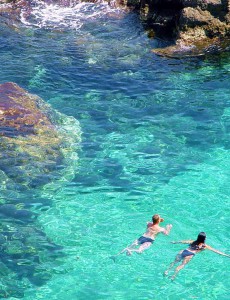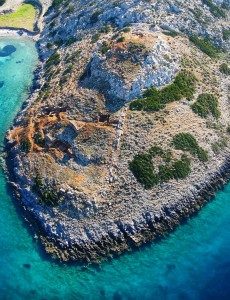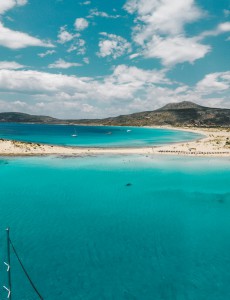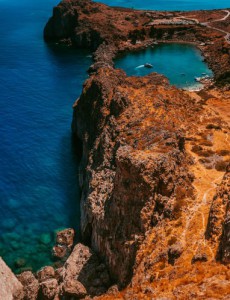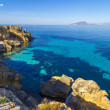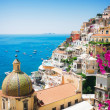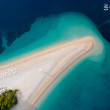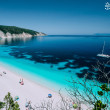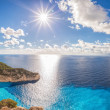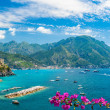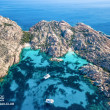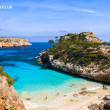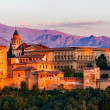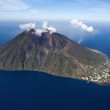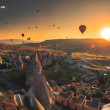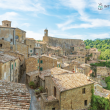
Dodecanese
About Dodecanese
The Dodecanese is an archipelago of islands in the Aegean Sea that are located in the easternmost part of Greece, close to the Turkish coast. The main islands of the archipelago are: Rodas, Cos, Kálimnos, Kárpatos, Kasos, Kastelorizo, Symi, Tilos, Nísiros, Astipalea, Leros y Patmos. The Dodecanese forms a total of 163 islands, but only 26 are inhabited
Some islands are particularly barren, others are rich in vegetation and water. The things they have in common are natural beauties, such as the characteristic Mediterranean vegetation, the particular fragrances of wild spice plants, such as oregano, lavender, sage, rosemary, and others, the splendid colors of the sea that they range from transparent to sapphire blue and the breathtaking colors of sunrises and sunsets.
Almost all of them are accessible by hydrofoil or Blue Star Ferries, only Rhodes, Kos, Leros, Karpathos and Kastelorizo have an airport.
The beautiful islands in order from East to West we find:
Kastellorizo is an island that has regained its popularity thanks to the Mediterranean film by Gabriele Salvadores. Although it is very small, it can be said that it is an elite island. Being a bit off the tourist circuit, those who want and have the time to take a different holiday are advised to spend a few days.
Rhodes, the largest and most famous of the Dodecanese, a UNESCO heritage site and one of the largest inhabited and best preserved medieval centers in Europe. Here was one of the seven wonders of the world: the Colossus of Rhodes.
On the tour of Rhodes, fixed stops, such as the Museum and the Castle of the Knights, cannot be missed and you cannot miss the cuisine of the Marco Polo Mansion, in the old town. In the eastern part of the island you will find the village of Lindos, once frequented by various artists, including Pink Floyd, where you can admire the splendid panorama seen from the temple of Athena.
Symi is a real pearl, thanks to its characteristic colored houses with pitched roofs, the endless bays with crystal clear waters, the historical works on the island. To see the Monastery of San Michele, located in the Panormitis bay.
Tilos is a little tourist island. It is an island frequented by naturists. To visit the museum with the remains of dwarf elephants, probably arrived on the island during the ice age!
Nisyros is a volcanic island, not very touristy, full of surprises. There is a very large crater and you can walk inside where the smell of sulfur is strong. Try the Emborio natural sauna while admiring the wonderful sunsets, close to the port of Mandraki. The island can only be reached by boat.
Kos is one of the largest and best known of the Dodecanese, an island rich in history that gave birth to Hippocrates, and even today you can admire the plane tree where he taught his students.
Kalymnos famous for those who love free climbing, is a chaotic island in itself, but full of charm, famous for its folkloric celebrations on the occasion of Orthodox Easter.
Leros also defined as the island of the mad (jokingly called) because asylums were built during the presence of the Italians, which were then closed. Very beautiful by land, with interesting spots to see, such as the castle and several villages scattered around the island. Equally interesting by sea, because it offers very sheltered bays and transparent waters.
Lipsi is frequented by artists, poets and painters in particular, small, delicious, with moderate tourism. Many beaches to visit, many colors of flowers, a truly wonderful place. Noteworthy is the Dilaila restaurant; located in the bay of Lera (South West of Lipsi on the beach of Katsadia), here in addition to the natural beauty of the bay, the restaurant, the people who work there and the music that is played during the day, you can admire spectacular sunsets.
Patmos, among the best known of the Dodecanese, famous for the place where St. John wrote the Apocalypse.
Do not miss a visit to the castle, monastery and cave where the saint lived to write his work.
It is a fascinating island by sea, thanks to its many bays with crystal clear water and protected by the Meltemi, Karpathos is an island in the southwest of Rhodes, very wild. Meltemi windswept, ideal for those who love windsurfing. It is an island that has maintained its traditions and customs. Fascinating for its beaches, almost all reachable by land. Not very touristy, ideal for those in search of relaxation and tranquility.
Arki the penultimate island west of the Dodecanese is very small, with 45 inhabitants during the winter period. Very suitable for those who want to totally disconnect and immerse themselves in total relaxation. We recommend reaching what they call "the pools", a lovely place to take a dip and a swim.

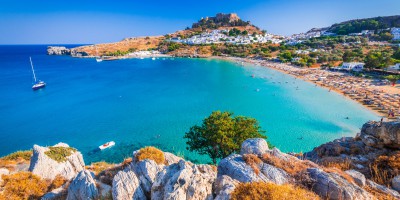
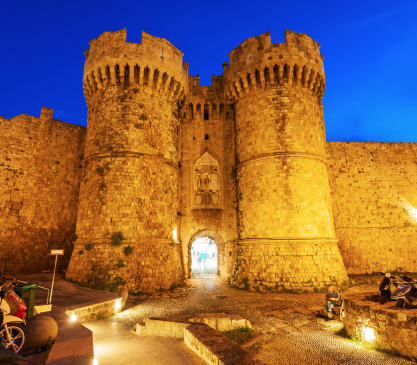
History
The Dodecanese islands have a long history behind them and even the smallest and most uninhabited ones have dozens of Byzantine churches and medieval castles. The most important historically is Rhodes, followed by Kos and Patmos. The Dodecanese islands have been inhabited since prehistoric times. From the second millennium BC they have had close contacts with the Minoan civilization which has greatly influenced their culture. From 1400 BC the islands were ruled by the Mycenaeans until the arrival of the Dorians around 1100 BC. It is in this period that they began to thrive as an independent entity, developing a thriving culture and economy in the following centuries. In the 6th century BC the Dorics founded the most important cities of Rhodes. This boom was stopped around 499 BC. from the medical wars, when the islands briefly fell under Persian rule.
The islands became part of the Macedonian empire with Alexander the Great, who defeated the Persians in 332 BC, for the relief of the inhabitants of the islands. After Alexander the Great's death, the islands, including Rhodes, were divided among the many generals who succeeded him. The islands created strong trade ties with the Ptolemy in Egypt and formed a Rhodo-Egyptian alliance, which controlled trade throughout the Aegean. The Dodecanese islands became maritime, commercial and cultural centers. Famous for its schools of philosophy, literature and rhetoric. The Colossus of Rhodes, built in 304 BC, was perhaps the best symbol of its wealth and power.
A crucial point in the history of the island was the passage from the dominion of the knights of St. John who had ruled the island for more than two centuries from the fall of the last stronghold of the kingdom of Jerusalem, Acre, in 1291 to 1522 when the knights had to surrender to the armies of the Ottoman Sultan Suleiman the Magnificent.
Things changed during the revolutionary movements carried on by the secret society Eteria that led to Greek independence in 1830. As the islanders participated in the revolt in favor of the Greeks, the Turkish retaliation was violent and the islands were not part of the newborn kingdom of Greece. Only in 1912, with the Italian occupation, did the Dodecanese manage to free themselves from the oppressive Ottoman domination.
Weather in Dodecanese
June is the hottest month in Havana with an average temperature of 27°C (81°F) and the coldest is January at 21°C (70°F) with the most daily sunshine hours at 11 in July. The wettest month is June with an average of 80mm of rain. The best month to swim in the sea is in August when the average sea temperature is 30°C (86°F).
Check all Statistics in AccuweatherAll destinations in Mediterranean Sea
-

-

-

-

-

-

-

-

-

-

-

-

-

-

-

-

-

-

-

-

-

-

-

-

-

-


